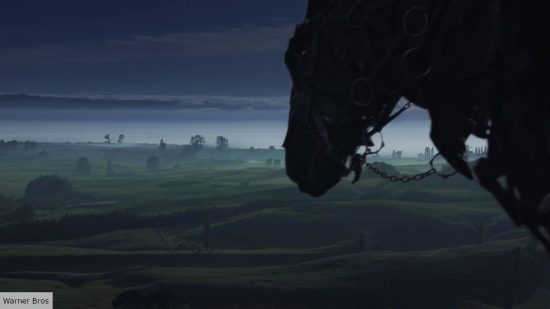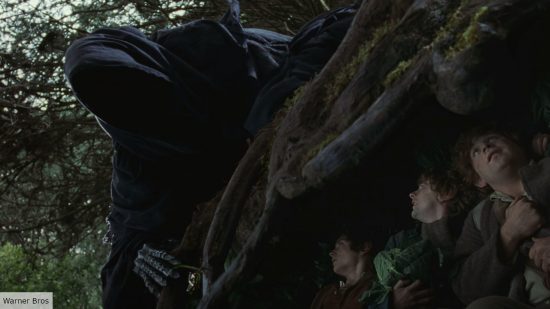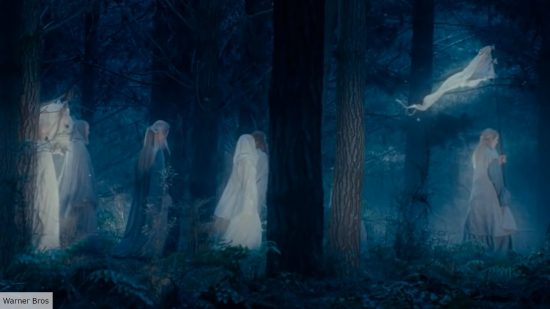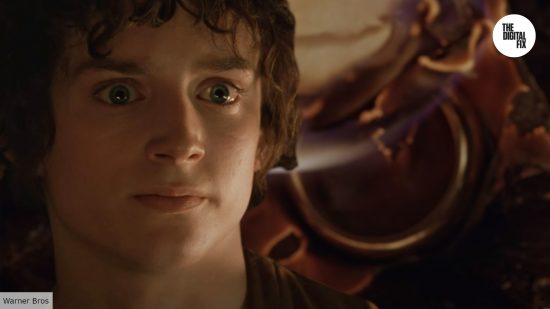I recently re-read Tolkien’s The Lord of the Rings for what feels like the 100th time. Yearly, at least, I revisit Middle-earth and the written adventures of Frodo (and Bilbo before him) are permanently seared into the recesses of my brain. The author’s fantastical world is a near-constant presence within my own.
Naturally, then, I exclusively watch the extended editions of Peter Jackson’s Lord of the Rings trilogy. Why would I ever willingly choose to spend less time in Middle-earth? These remain the best fantasy movies ever made, brought to life by the majestic landscapes of New Zealand with a real sense of tangibility and ethereal adventure.
The Fellowship of the Ring (the extended edition of which comes in at a mighty 3 and a half hours) is undoubtedly the best movie of the three because it embraces these qualities. And yet, upon my latest expedition to Jackson’s 11 hour-long vision of Middle-earth, I was left wanting more from Fellowship especially: a lot more.

Like with any adaptation of a hefty novel (see the recent Dune as a reference), Jackson was forced by time restraints, a finite budget, and bladders, to trim down the Lord of the Rings from a vast epic stretching decades to something that could fit into three movies. There’s a lot that’s lost.
From side characters like Fatty Bolger (don’t blame us for Tolkien’s choice of names) to the absence of The Scouring of the Shire, Jackson’s trilogy just couldn’t find a feasible way to fit in all the lore contained in the words of the book. This impacts every movie with shortcuts being taken across the narrative, but it’s the opening half of The Fellowship of the Ring, most of all, which bears the brunt of these cuts and – stick with me here – it leaves even the extended edition of the first movie feeling rushed.
The first chapters of The Fellowship of the Ring, before Frodo and the hobbits have even met Strider in Bree, unfold over the course of decades. 17 years pass between Bilbo’s 111th birthday, in which he leaves the One Ring to Frodo, and Frodo’s decision to depart as Sauron’s Ringwraiths invade the Shire. There is no sense of this passage of time in the movies.

Nor is there any sign of Merry and Pippin’s early conspiratorial involvement in Frodo’s plan to take the One Ring to Rivendell. Crickhollow, and the attack of the Ringwraiths is another casualty. As is the meeting with Gildor Inglorion; the trek through the Old Forest; the confrontation with Old Man Willow; the stay at Tom Bombadil’s house; and the horror of the Barrow-wights.
It’s easy to see why so much was abandoned by Jackson. None of these moments hasten the plot onwards. However, that doesn’t mean they’re unimportant. They evoke a tone which gives Middle-earth a sense of age, depth, and threat. Even within the Shire and around its borders, Frodo stumbles across sights beyond his imagination.
There is one small moment, though, in the early stages of the story, which the extended edition of The Fellowship of the Ring does include from the book. As Frodo and Sam leave the Shire they discover a caravan of Elves traveling through an ancient wood, headed to the Grey Havens as Sauron’s malign strength grows.

It does nothing for the development of the plot, or for any character progression (hence why it was deemed superfluous and axed from the theatrical release) but it helps to establish an all-important atmosphere, and stakes. Like in Tolkien’s writing, this minor scene conveys a deep sense of loss: what has been lost already, and what is still left to lose. It’s just one small moment, but it makes a difference.
These opening handful of chapters in The Lord of the Rings, preceding Frodo’s arrival at Rivendell and The Council of Elrond, are almost infamously slow with detours and details galore. Peter Jackson sought to correct this, and make it more palatable for the widest possible audience by condensing the timeline of events and omitting major sidequests. He was successful, and the enduring legacy of the movies speaks for itself.
But sacrifices come at a cost. In cutting so much so early on, Jackson’s trilogy lost just a little bit of Tolkien’s magic. Even the extended editions don’t fix that completely.

For more on Lord of the Rings, check out our picks for the best Lord of the Rings characters and see what we know about the Rings of Power season 2 release date. You can also keep up to date with the new Lord of the Rings movies (and read our feature on why a new Lord of the Rings movie could still be good), starting with the War of the Rohirrim release date.
Still want more? Here we have an explainer on the Lord of the Rings movies in order, as well as the Lord of the Rings cast. We also have guides to the best movies of all time, and the new movies coming in 2023.
